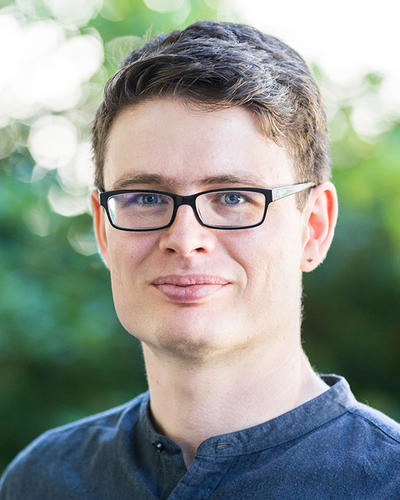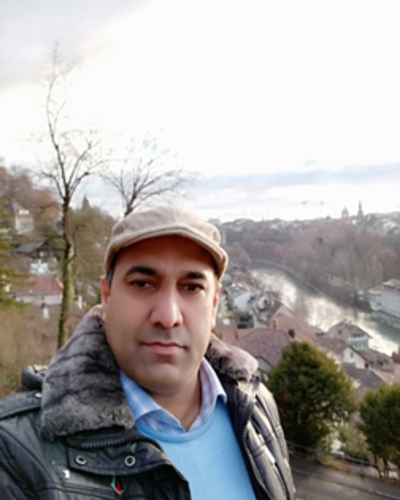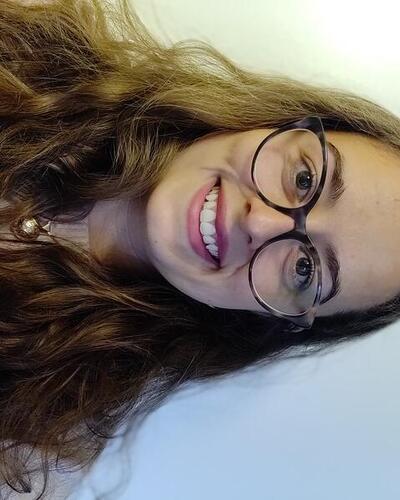Research group
TEIKN Research group
TEIKN (teikn ‘sign(s)’ in Nynorsk): Sign Language Research with Experimental, Computational and Quantitative Methods and Naturalistic Data is a research group at the Department of Linguistic, Literary and Aesthetic Studies (LLE) within the Faculty of Humanities (HF), University of Bergen (UiB), Norway. The goal of TEIKN is to coordinate linguistic research on sign languages, particularly using experimental, quantitative and computer-based methods.

Photo:
Calle Börstell
Main content
The main areas of research within TEIKN concern:
- Quantitative approaches to descriptive and comparative sign language linguistics, using methods from both corpus linguistics and computer vision.
- For example, we use computer-vision methods to analyze sign language articulation. Among our projects in this area, we have looked at the extraction of the place of articulation of the hands in dictionary data (see Börstell 2023), and the form and function of nonmanual markers across sign languages using corpus data (see the NONMANUAL project).
- Experimental approaches to iconicity, grammatical structure and lexical variation.
- For example, we investigate how iconic signs are recognized by signers of Norwegian and Russian Sign Languages. We compare how signers of American Sign Language and Swedish Sign Language rate their own manual alphabet (fingerspelled letters) as more iconic than the other (foreign) one (Börstell 2024).
- Development of language resources and tools for the quantitative study of sign language linguistics.
- Among other things, we have been involved in the creation of databases for iconicity (Kimmelman, Klezovich & Moroz 2018) and lexical variation (Kimmelman et al. 2022), as well as creating software packages for sign language data processing (Börstell 2022)
12.04.2024



